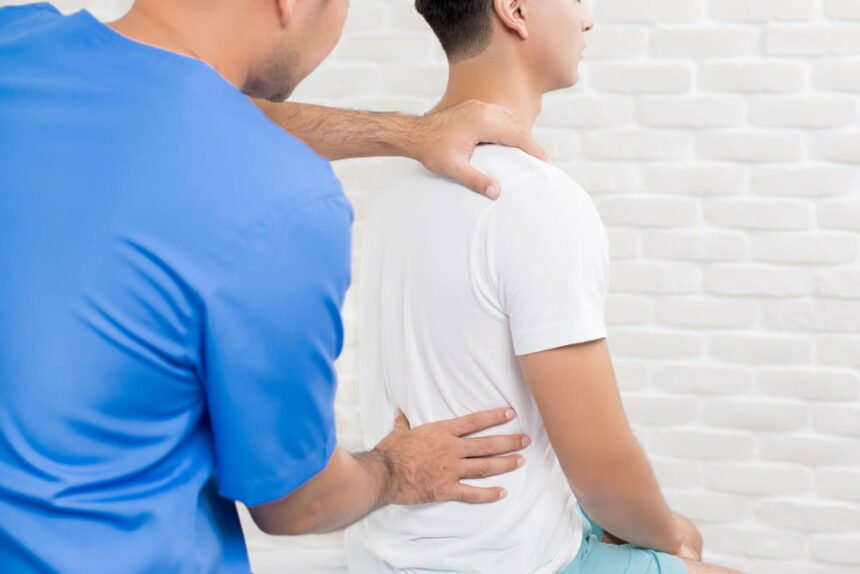Pain is what notifies you when something is wrong. It can be a throbbing, steady, stabbing, or shooting sensation. Sometimes it’s achy, tender, and sharp, making you feel hot, cold, or tingly. Pain can come on suddenly or gradually, be mild, moderate, last for a short time, or chronic.
Everyone experiences pain differently, but one thing is sure – it can significantly interfere with the quality of life. Acute pain is sudden and severe, but usually disappears once the underlying problem is treated.
On the other hand, chronic pain is long-term and can persist even after the initial injury or illness heals. It means relying on pain medication to get you through the day, which is costly and comes with undesirable side effects. Is there an alternative? Read on to find out.
Try Out Cannabinoids
Cannabinoids are a class of active compounds found in the cannabis plant. These molecules interact with the body’s endocannabinoid system (ECS), which regulates various functions, including pain, mood, appetite, and memory. CBD (cannabidiol) is a non-intoxicating cannabinoid that reduces pain without causing any adverse side effects.
THC is also an excellent pain reliever, but it can make you feel “high,” which sometimes is all you need to forget or manage the pain. Try Delta 8 carts, which are easy to use even for beginners. Another way to take Delta 8 is by taking gummies or tinctures. You can also use topicals applied directly to the skin for localized relief.
Apply Heat or Cold
Use a heating pad, heat wrap, or take a hot shower to apply heat to the painful area. The heat will increase blood flow and relax the muscles. You can also try a cold pack, ice cubes wrapped in a towel, or take a cold shower to numb the pain, reducing inflammation. Repeat this at least twice a day for better results.
Get a Massage
A massage relieves muscle tension and pain. It increases blood flow and relaxes the muscles. It also reduces stress, which can worsen the pain. However, let the therapist know if you have an injury not to put pressure on the injured area. Try massage lotion or oils such as lavender, eucalyptus, rosemary, and german chamomile. These oils have anti-inflammatory and analgesic properties that relieve pain.
Acupuncture
Acupuncture is an ancient Chinese practice that involves the insertion of thin needles into strategic points on the body. It improves the flow of energy or qi and relieves pain.
The needles stimulate the nervous system to release pain-relieving chemicals like endorphins and serotonin. It’s an effective treatment for chronic pain, especially with electrical stimulation.
Exercise
Exercise releases endorphins, which are natural painkillers. It improves sleep, which is a problem when in pain. Low-impact exercises such as walking, swimming, and yoga are good options. You can also try tai chi and qigong. These exercises improve balance and coordination while relieving pain. Stationary bikes and ellipticals are also good options.
Practice Relaxation Techniques
Relaxation techniques such as deep breathing, progressive muscle relaxation, and meditation relieve pain by reducing stress and anxiety. When you’re stressed, your body releases the hormone cortisol, which increases inflammation.
Meditation helps clear your mind and makes it easier to focus on the present. It also increases pain tolerance. Deep breathing oxygenates the blood, relaxing the muscles. Progressive muscle relaxation reduces tension headaches and migraines.
Use Herbal Remedies
Herbal remedies have been used for centuries to treat various ailments, including pain. Some of the most effective herbs for pain relief are ginger, turmeric, and garlic. They have anti-inflammatory and analgesic properties that relieve pain.
You can take them in capsule form or make tea. Capsaicin cream, which contains capsaicin, the active ingredient in chili peppers, is also effective for pain relief. It blocks the transmission of pain signals to the brain.
Be Patient
Pain management without medication is possible. You just have to be willing to try different techniques and find what works best for you. Don’t give up if one method doesn’t work. There are many options available. Keep trying until you find relief. For best results, liaise with your doctor to develop a pain management plan that’s right for you.

